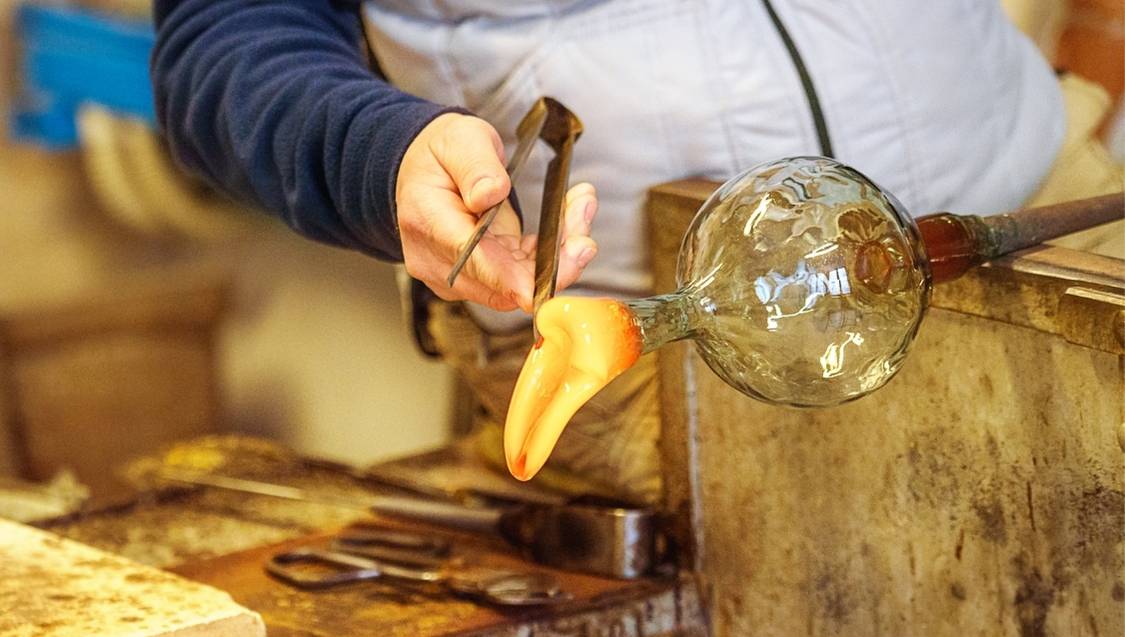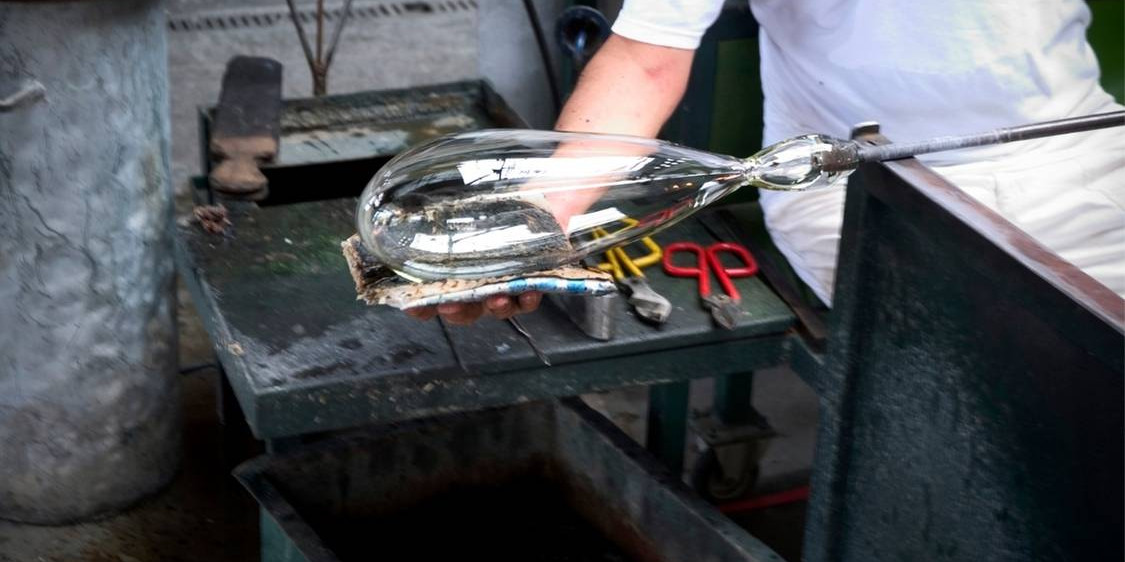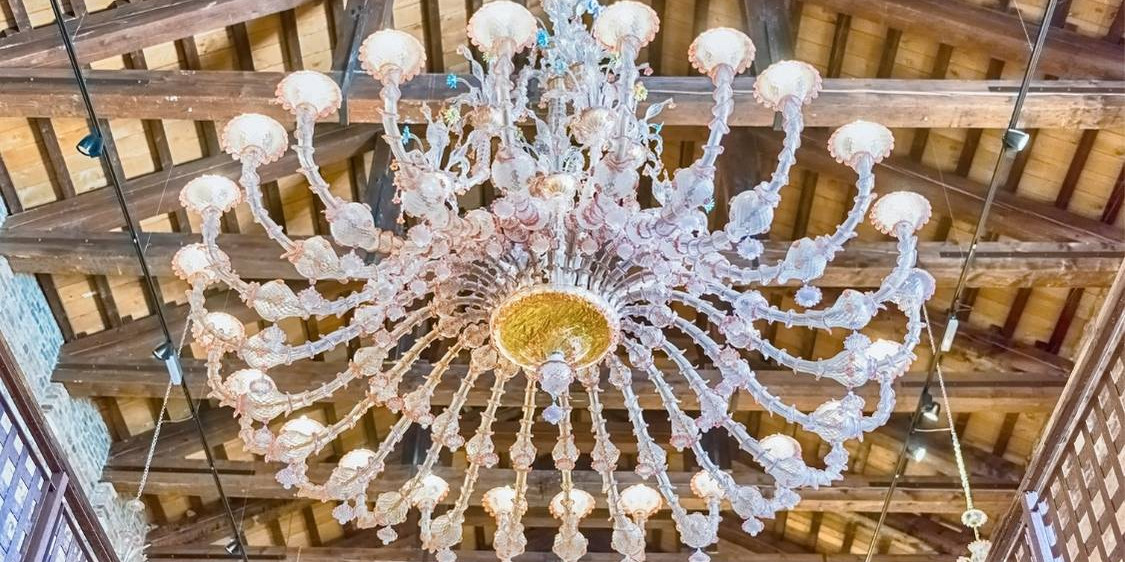In a world defined by disruption and obsolescence, few art forms have endured the test of time like Venetian glassmaking. For over 1,000 years, this unique craft has not only survived, it has evolved, adapted, and continued to inspire generations across continents.
But how has a tradition this delicate, time-consuming, and labor-intensive withstood wars, empires, industrial revolutions, and globalization?
The answer lies in a rare convergence of innovation, secrecy, craftsmanship, and cultural resilience.
1. A Protected Trade, Rooted in Secrecy
The survival of Venetian glass begins with a bold strategic move:
In 1291, the Republic of Venice relocated all glass furnaces to Murano Island to:
- Minimize fire risk in Venice’s wooden cityscape
- Control and protect trade secrets
Glassmakers were forbidden to leave Murano. In return, they were given high social status, privileges, and legal protection.
This tight control ensured that techniques like filigrana, cristallo, and millefiori remained unique to Venice for centuries preserving intellectual property before the term even existed.
2. Innovation Hidden in Tradition
While the craft appears bound by history, Venetian glassmaking has always been quietly innovative:
- Pioneering crystal-clear cristallo glass in the 15th century
- Inventing elaborate color layering and gilding techniques
- Blending traditional forms with contemporary design and technology in recent decades
The secret to survival? Balance. Murano’s artisans uphold ancient techniques while continuously reimagining how those skills meet modern tastes and trends.
3. Resilience Through Cultural Shifts
From the fall of the Venetian Republic to the rise of industrial glass production, Murano’s glassmakers have faced relentless external pressure. Yet they’ve adapted by:
- Forming guilds and family dynasties to protect and pass down knowledge
- Shifting from mass production to luxury and collector markets
- Collaborating with contemporary artists, architects, and designers
Venetian glass survived because it became more than a product—it became a symbol of identity, resistance, and cultural pride.

4. Institutional and Global Support
Murano glass has gained international recognition not only as art, but as intangible cultural heritage. Its survival is now supported by:
- The “Vetro Artistico® Murano” certification, protecting authenticity
- International exhibitions and museum collections
- Tourism and collectors fueling demand for authentic, handmade craftsmanship
Additionally, schools and foundations in Venice continue to train new generations of glass artists, ensuring knowledge doesn’t die with the old masters.
5. A Culture That Values the Handcrafted
Perhaps the most powerful force behind Venetian glassmaking’s survival is the growing global rejection of mass-produced sameness.
Discerning buyers now seek:
- Handmade authenticity
- Sustainable, low-waste production
- Heritage and story behind every object
In this context, Venetian glass is not just surviving, it’s thriving as a counterpoint to disposable culture.
Final Thoughts: More Than Glass, A Legacy of Survival
Venetian glass isn’t simply a luxury. It’s a 1,000-year-old conversation between past and present.
Its survival is proof that:
- Craft still matters
- Tradition can coexist with innovation
- Cultural heritage, when protected and respected, can outlast empires
In every piece of Venetian glass, there’s not just beauty—but a blueprint for creative resilience.



